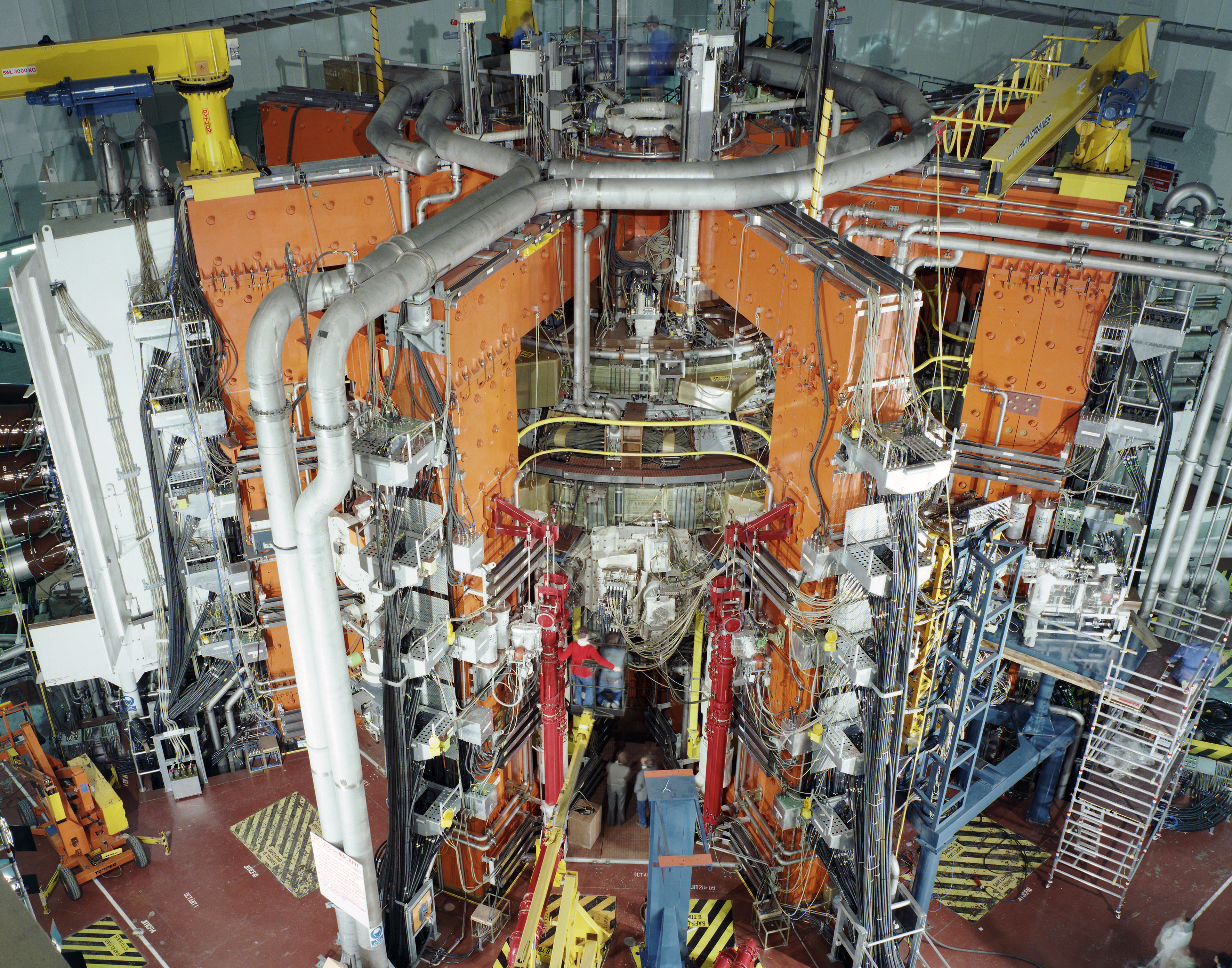Nuclear Fusion Reactor Design
- Introduction to Fusion Energy
- The Tokamak Design
- The Stellarator Design
- The Inertial Confinement Fusion
- The Magnetic Confinement Fusion
- The Field-Reversed Configuration and Other Emerging Designs
- Safety, Waste and Environmental Impact
- Future of Fusion & Course Review
Introduction to Fusion Energy
The Challenges of Fusion Energy

Experimental type of electricity generation using nuclear fusion.
Harnessing the power of the stars here on Earth is no easy task. While the promise of fusion energy is immense, there are significant challenges that researchers must overcome. This article will delve into the technical, economic, political, and environmental challenges that stand in the way of achieving controlled fusion energy.
Technical Challenges
One of the most significant technical challenges in fusion energy is achieving and maintaining the conditions necessary for fusion to occur. Fusion reactions require extremely high temperatures, typically in the range of 100 million degrees Celsius. At these temperatures, matter exists in a state known as plasma. Containing this plasma long enough for fusion to occur is a major challenge.
There are two main methods of plasma confinement: magnetic and inertial. Magnetic confinement uses magnetic fields to contain the plasma, while inertial confinement uses lasers or ion beams to heat and compress a small pellet of fusion fuel. Both methods have their own set of challenges. For magnetic confinement, maintaining stability in the plasma is a key issue. For inertial confinement, achieving the necessary compression and temperature is difficult.
Another technical challenge is dealing with the high-energy neutrons produced by fusion reactions. These neutrons can damage the materials used in the reactor, leading to issues with longevity and maintenance.
Economic and Political Challenges
Fusion research is expensive. Building and operating experimental fusion reactors require significant investment. As a result, fusion research relies heavily on government funding. This can lead to challenges in securing consistent and adequate funding, as political priorities can shift.
International collaborations, such as the ITER project, have helped pool resources and share the financial burden. However, these collaborations also come with their own set of challenges, such as coordinating between different countries and navigating differing political landscapes.
Environmental and Safety Concerns
While fusion energy has the potential to be a clean and virtually limitless source of power, there are still environmental and safety concerns. One concern is the production of radioactive waste. While fusion produces less radioactive waste than fission and the waste is less long-lived, managing this waste is still a challenge.
In terms of safety, a fusion reactor accident would not result in a meltdown, as can happen with fission reactors. However, there are still safety concerns related to the handling and storage of fusion fuel, as well as the potential for a release of tritium, a radioactive isotope of hydrogen used in fusion reactions.
In conclusion, while the challenges of fusion energy are significant, they are not insurmountable. Researchers around the world are working tirelessly to overcome these challenges and make fusion energy a reality. The potential benefits of fusion energy, from its vast power output to its environmental advantages, make it a field of research well worth pursuing.